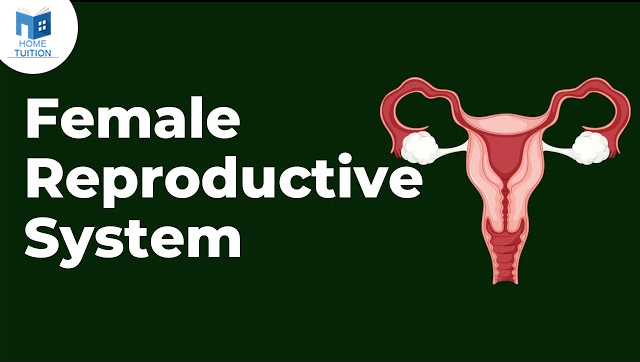Reproduction is the biological process of creating a new individual or offspring that is identical to the parents. This process helps increase the population of a species under favorable conditions. It is a fundamental characteristic and essential life process of all living organisms.
There are two types of reproduction: asexual and sexual.
Sexual Reproduction: This process involves the formation and transfer of gametes, fertilization, formation of the zygote, and embryogenesis, making it complex.
Asexual Reproduction: This process involves only one parent, and the offspring produced are genetically similar to the parent.
Reproduction in Human Beings
Human beings reproduce sexually, involving two parents. Offspring result from the fusion of gametes from each parent, leading to genetic and physical differences. This process exemplifies sexual reproduction.
Both males and females have distinct reproductive systems, displaying sexual dimorphism. Males possess testes, or testicles, while females have a pair of ovaries.
Latest Biology Links: Aquatic Ecosystem | Apoplast | Applications of Enzymes
Human Reproductive System
The human reproductive process includes the fusion of male and female gametes produced in their respective reproductive systems. The male and female reproductive systems differ in structure and function.
Male Reproductive System
The production of male gametes, sperms, occurs in the male reproductive system. Sperms are small, unicellular structures consisting of a head, middle piece, and a tail.

The male reproductive system comprises:
- Testicles (testes): Oval-shaped organs in the scrotum, responsible for sperm and testosterone production.
- Scrotum: A sac-like organ housing the testicles, maintaining the required temperature for sperm production.
- Vas deferens: Transports matured sperm from the epididymis to the urethra.
- Accessory glands: Include seminal vesicles, prostate gland, and Cowper’s gland, producing semen.
- Penis: A cylindrical tube serving as both reproductive and excretory organ, delivering sperm during intercourse.
Female Reproductive System
The female reproductive system remains active before, during, and after fertilization. It comprises:
- Ovaries: Produce and store ovum, along with estrogen.
- Fallopian Tubes (Oviducts): Site of fertilization, connecting ovaries to the uterus.
- Uterus: Development site for the embryo.
- Vagina: Connects the cervix to external female body parts, serving as the route for the penis during coitus and the fetus during delivery.

The female reproductive system serves two main functions:
- Production of the female gamete called ovum/egg.
- Providing nutrition and protection to the developing embryo.
During puberty, eggs in the ovaries begin to mature. One of the ovaries releases the matured ovum every 28 to 30 days, a process known as ovulation.
Reproduction Process in Human Beings
Fertilization is the fusion of sperm with egg (ovum) to form a zygote, a crucial step in human reproduction. The zygote divides into many cells to become an embryo. The embryo then implants itself into the uterus wall, developing into a fetus.